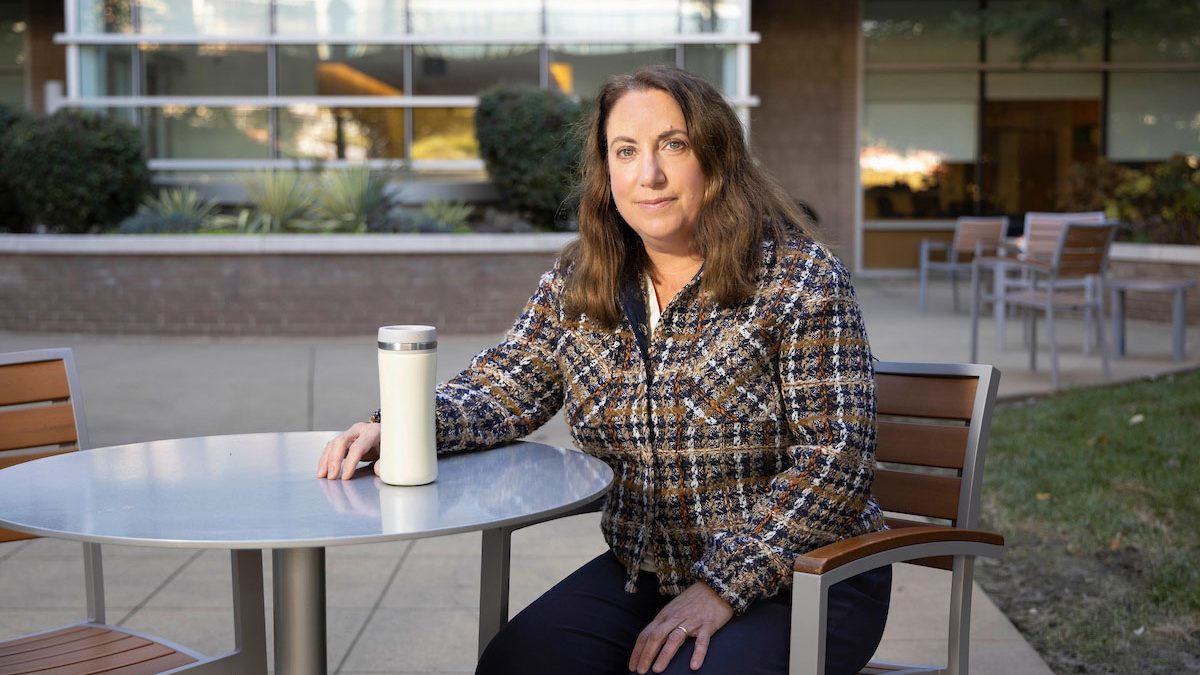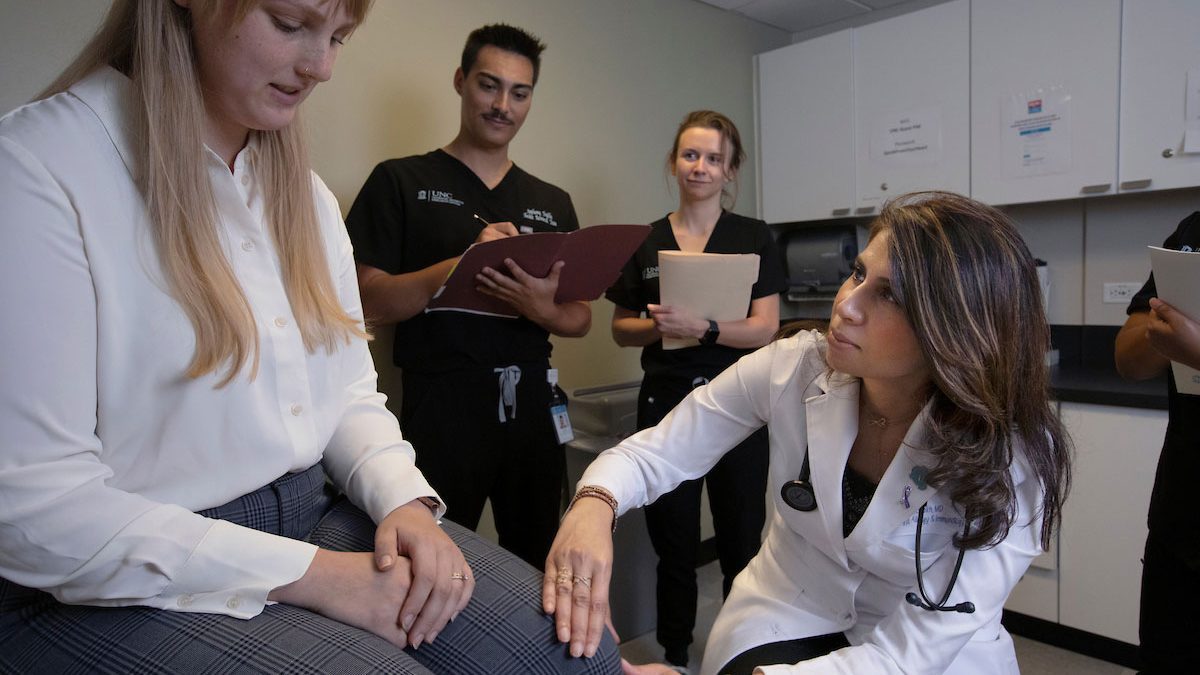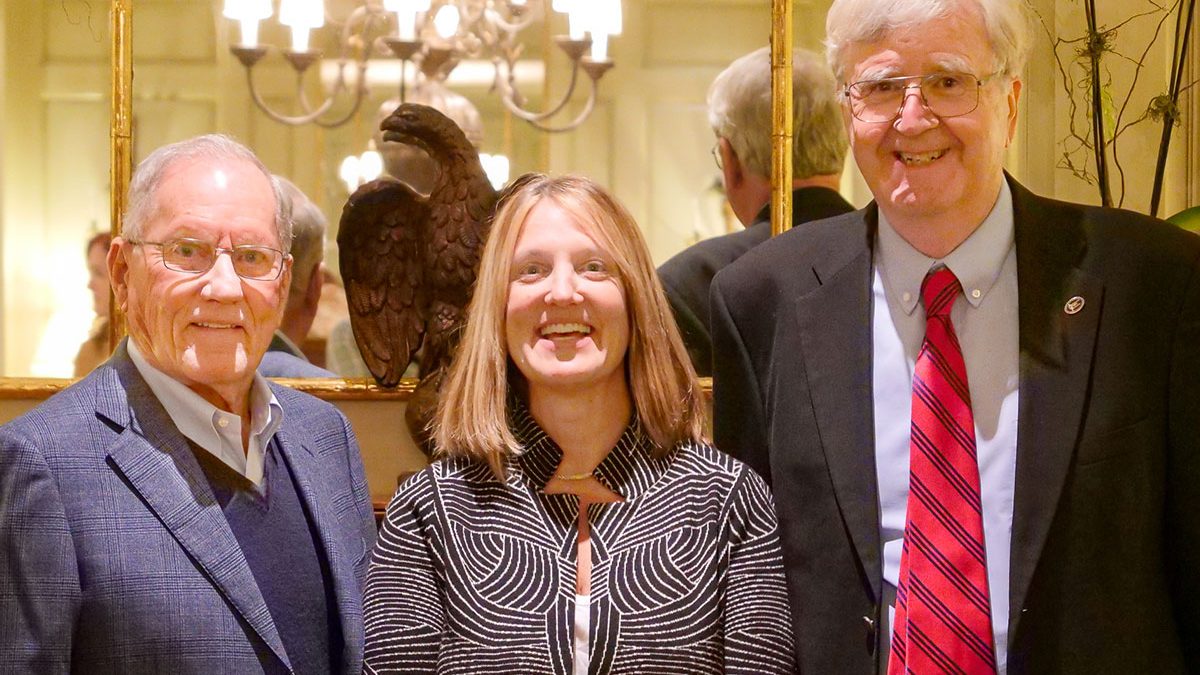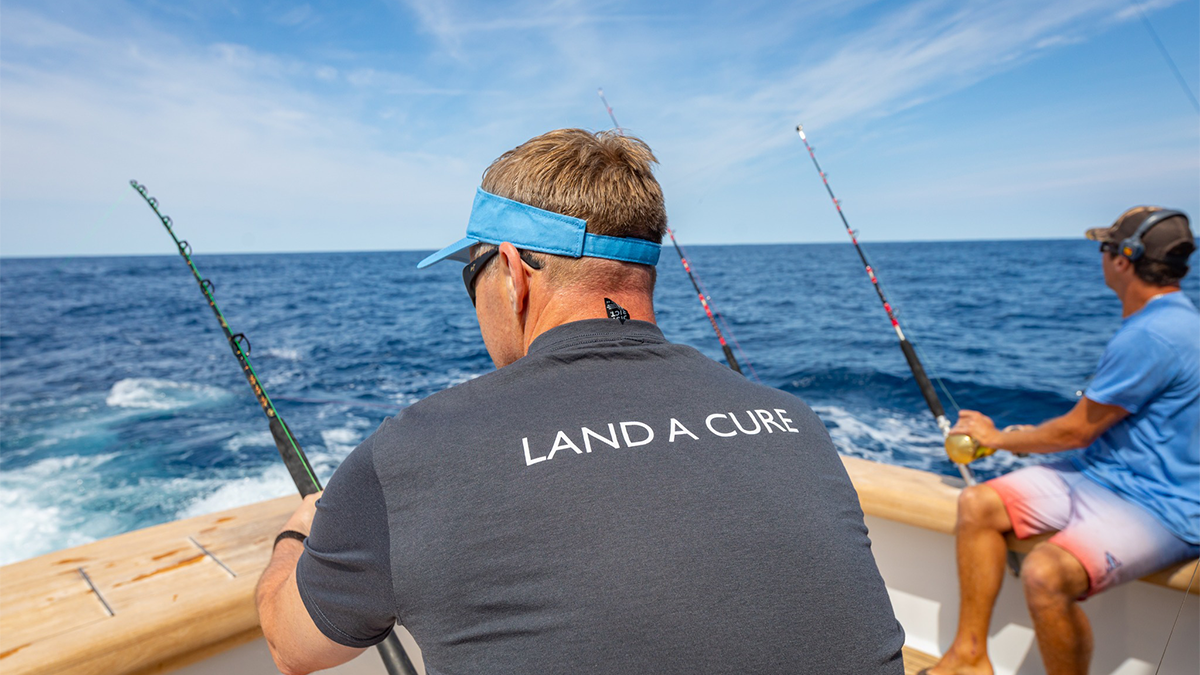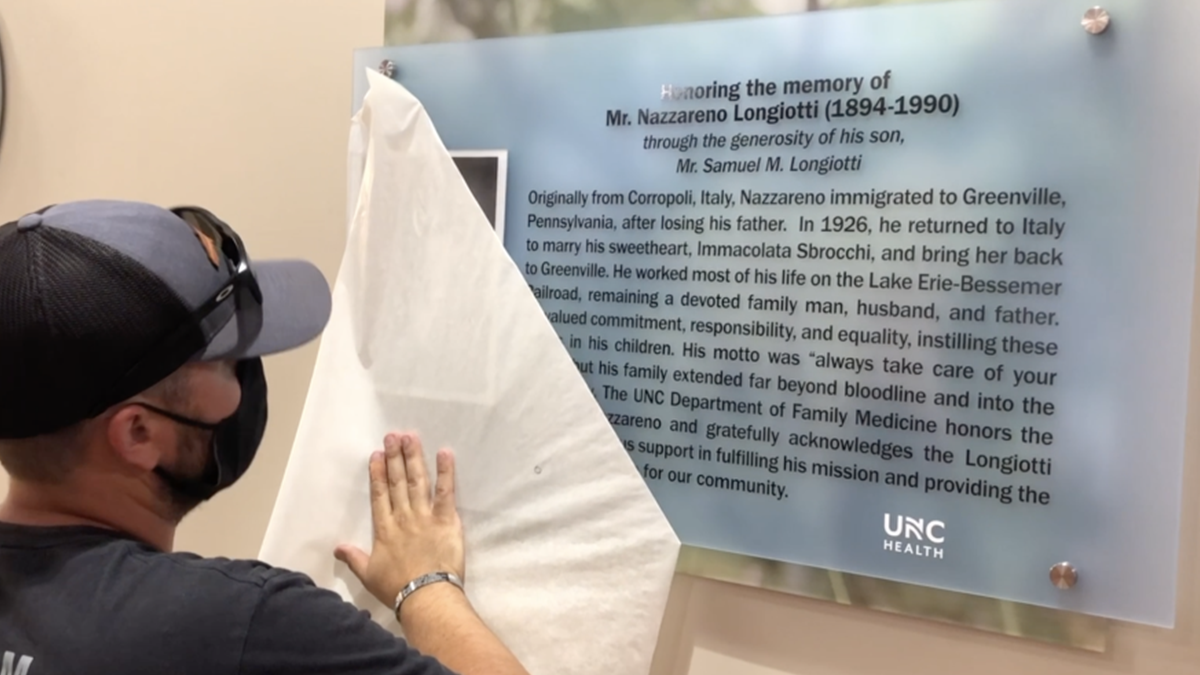Making Childbirth Safer for Mothers Worldwide
“In many parts of the world, the days surrounding childbirth are the riskiest period a mother and her newborn will ever face.”
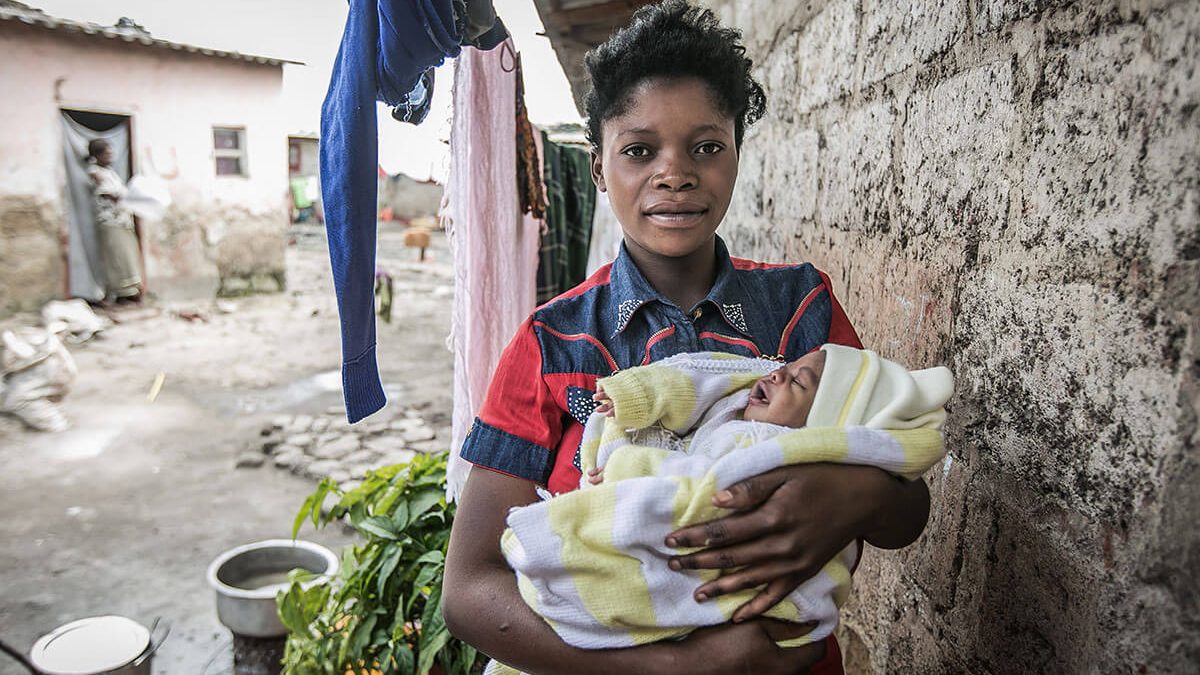
“In many parts of the world, the days surrounding childbirth are the riskiest period a mother and her newborn will ever face.”
Each year some 300,000 women and 3 million babies worldwide die during childbirth or shortly thereafter, according to the World Health Organization. Environmental and structural factors, underlying infectious disease burden, nutritional factors and underperforming health systems are just some of the major reasons for this.
An interdisciplinary team of Carolina researchers are working to change this. Thanks to a $14 million award from the Bill & Melinda Gates Foundation, researchers at the UNC School of Medicine and the UNC Gillings School of Global Public Health will conduct two studies to make childbirth safer for mothers and infants worldwide.
One study will evaluate 15,000 women in three developing countries, including UNC-Chapel Hill’s flagship partnership in Zambia, to monitor laboring mothers and their fetuses. Using participant data, researchers will develop new algorithms that can both identify individual women’s risk of specific adverse outcomes and help predict and plan for the specific interventions women will likely need.
The second study aims to develop a robust, affordable ultrasound device that can be deployed in limited-resource settings and require minimal operator expertise.
“In many parts of the world, the days surrounding childbirth are the riskiest period a mother and her newborn will ever face,” said Dr. Jeffrey Stringer, professor of obstetrics & gynecology in the UNC School of Medicine, adjunct professor of epidemiology in the UNC Gillings School of Global Public Health and associate director of research at the UNC Institute for Global Health & Infectious Diseases. “These studies will develop resource-appropriate technologies to make that time much safer.”
Read the complete Carolina story…Opens in new window
Photo credit Paul Joseph Brown
